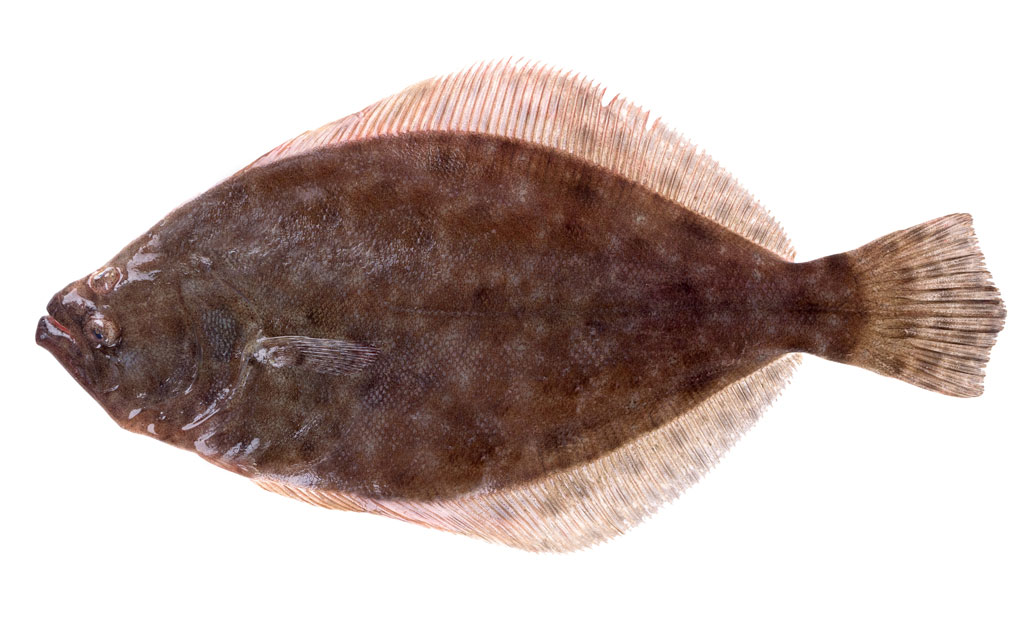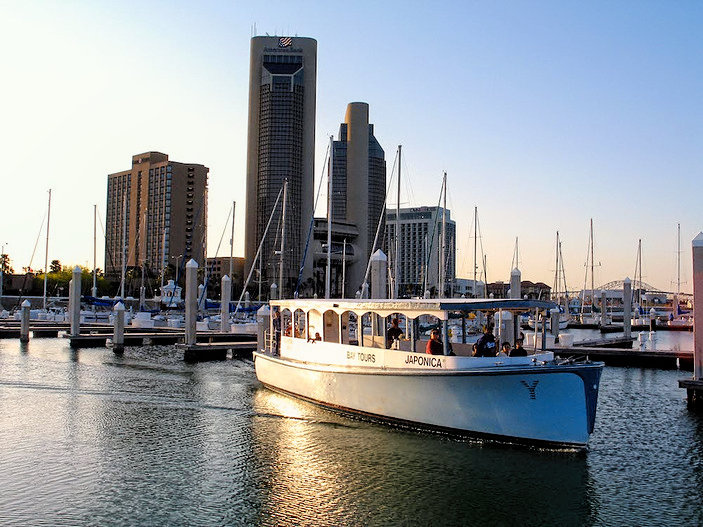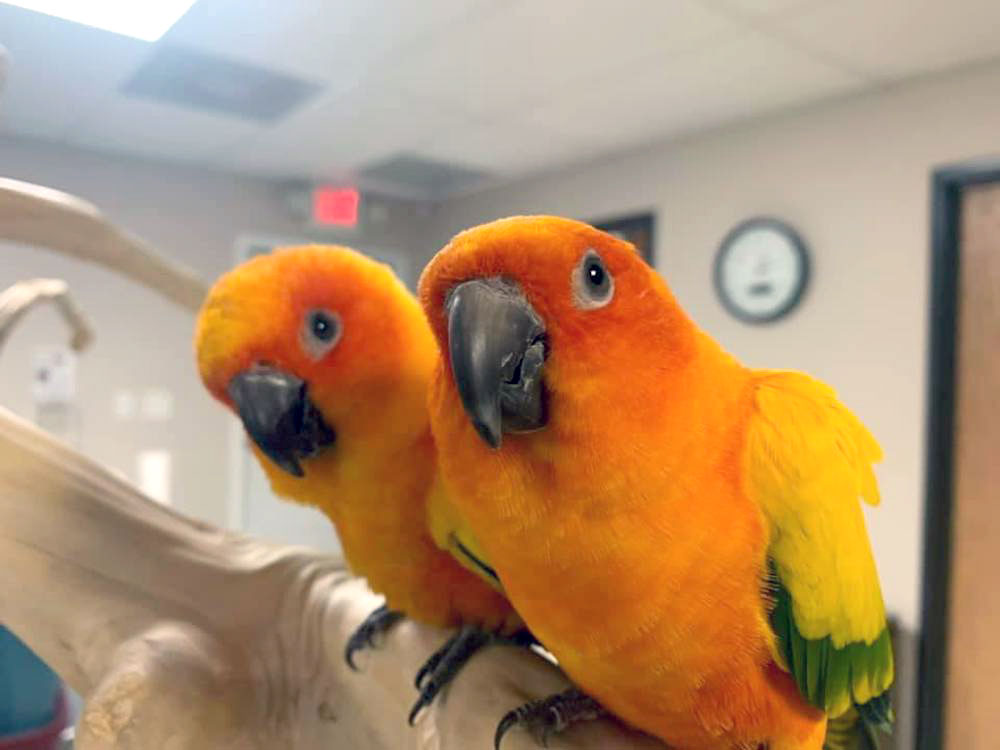
The Port of Corpus Christi is the fifth-largest port in terms of tonnage in the United States. It is the most recent participant in the international Green Marine program. Photo by Carrie Robertson Meyer/Third Coast Photo
The 2017 appropriations bill soon to go before congress will include wording that should lead to federal funding for widening and deepening the Corpus Christi ship channel. The Port of Corpus Christi project was left out of the 2016 appropriations bill, which was a big setback in what the port terms it’s number one priority.
The issue of whether the port gets the money or not involves careful wording and interpretation of that wording in the appropriations bill. Representatives Blake Farenthold (R-Texas District 27) and Henry Cuellar (D-Texas District 28) were able to include language in the bill that defines the project as a continuation and not a “new start.” New starts have to re-enter competition for the money.
Since the port received its first congressional authorization for funds to enlarge the channel in 2007, Cuellar and Farenthold argue that this is an long-term project and not new. The Army Corps of Engineers had separated portions of the port’s upgrades and considered each a new start.
“The term ‘new start’ as it applies to the Port of Corpus Christi is being misinterpreted by the Office of Management and Budget (OMB),” Farenthold said. “The Port’s improvement project started long ago and as part of that project, we have the La Quinta Channel.”
As a member of the Transportation Committee, Farenthold provided the wording for the Energy and Water Appropriations Bill to clear up the issue.
“The change improves the Port of Corpus Christi’s ability to compete for funding to continue construction of its vital widening and deepening project,” Farenthold said. “It could also makes the Port eligible for additional funding mechanisms, in which the Port could continue work using its own funds and any existing federal funds in the Channel Improvement Project account.”
Although the port is not in Cuellar’s district, it has a direct link to his area of representation, which includes the Eagle Ford shale play. Now that the U.S. has lifted its 40-year-old ban on exporting crude oil to foreign countries, product from Cuellar’s district will depend on the Port of Corpus Christi in Farenthold’s district for distribution.
“All the port is doing here is starting a new portion of the project with funds already set aside by Congress,” said Cuellar. “By treating the widening and deepening of the channel as just another part of the port upgrades, which it clearly is, it will help the economy of my district and that of Congressman Blake Farenthold of Corpus Christi.”
Preparing port access for the bigger ships now transporting goods around the globe is essential to the region and the nation, said John LaRue, the executive director at the port.
“The deepening and widening will allow the Port of Corpus Christi to accommodate new, larger vessels and increased ship channel traffic, essential for maritime safety and channel efficiency,” LaRue said. “Having deep water access is vital to ensuring our nation remain globally competitive.”
Altogether, the U.S. has appropriated around $61 million to the port upgrade, with $14 million currently available. It is expected to cost around $300 million to complete.
The plan is to widen the channel to 530 feet from Port Aransas to the Harbor Bridge. Some points are only 400 feet wide. A portion that runs along San Jose Island will be widened from 600 feet to 700 feet. Dredging will deepen the channel from its current 45-feet to 52 feet. As ship traffic increases, the danger of collisions and spills increases. The project will also better accommodate ships that already use the passage, many of which come in only partially full because the channel isn’t deep enough for a fully weighted vessel.
The cost of the work could well be offset by new industrial development, new business and transportation cost savings estimated to run more than $66 million per year, according to the port.





